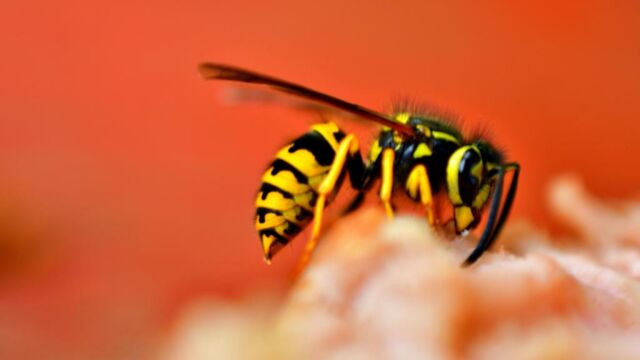You may think that a fig is a fruit, when in reality it’s actually a kind of inverted flower. But that’s not the only secret this fascinating plant holds.
Discover our latest podcast
Fig’s have a complex and unique pollination process that is similar to that of a flower. However, for insects, getting in and out of a fig isn’t as easy as you’d think and some risk their lives to keep the flowers alive—that animal is the wasp and without it a fig cannot ripen.
Male and female figs
There are two kinds of figs, and the ones that are edible consist of female blossoms. However, in order to reproduce, these plants need the pollen of a type of fig that humans should not be consumed, the buck fig. Wasps lay their eggs in the male flowers, and they then hatch and grow into ‘fig wasps’. These specialised wasps then pollinate the female figs with pollen from the male buck figs.
Created by dead wasps
The problem, however, is that the fig has a really narrow opening which wasps cannot easily access. In order to get inside to pollinate the flower, they have to lose their wings. Without their wings, the wasps are practically useless and they then decompose in the flower.
Naturally, we are not munching on dead wasps every time we bite into a fig as the decomposition process means that there is no longer an animal inside the fruit. But the thought of eating something that was created by the body of a dead insect makes it hard to look at figs the same way.
All in all, it’s crazy to know that the very creatures we are so fiercely afraid of, actually give up their lives so that we can have plenty of delicious figs in the autumn.















